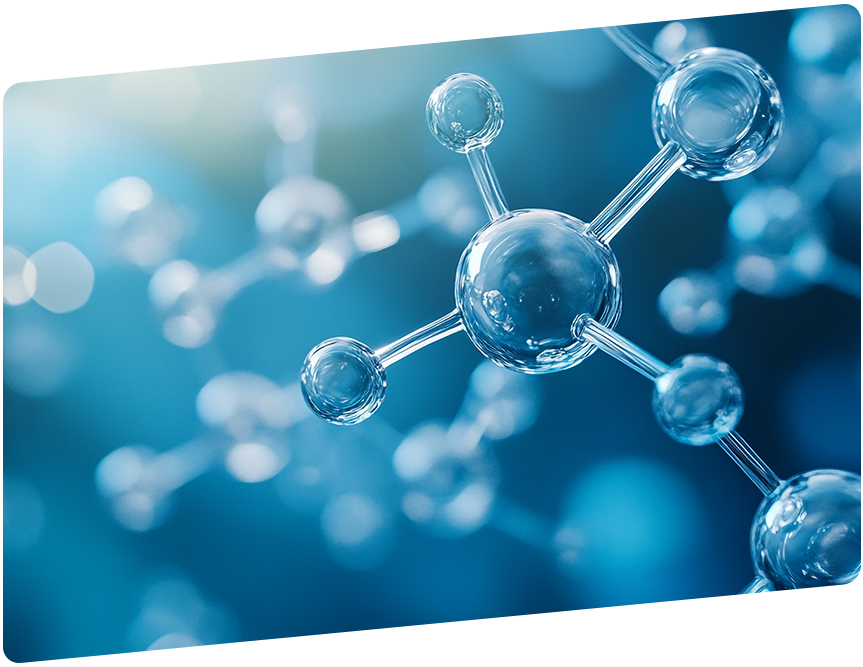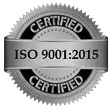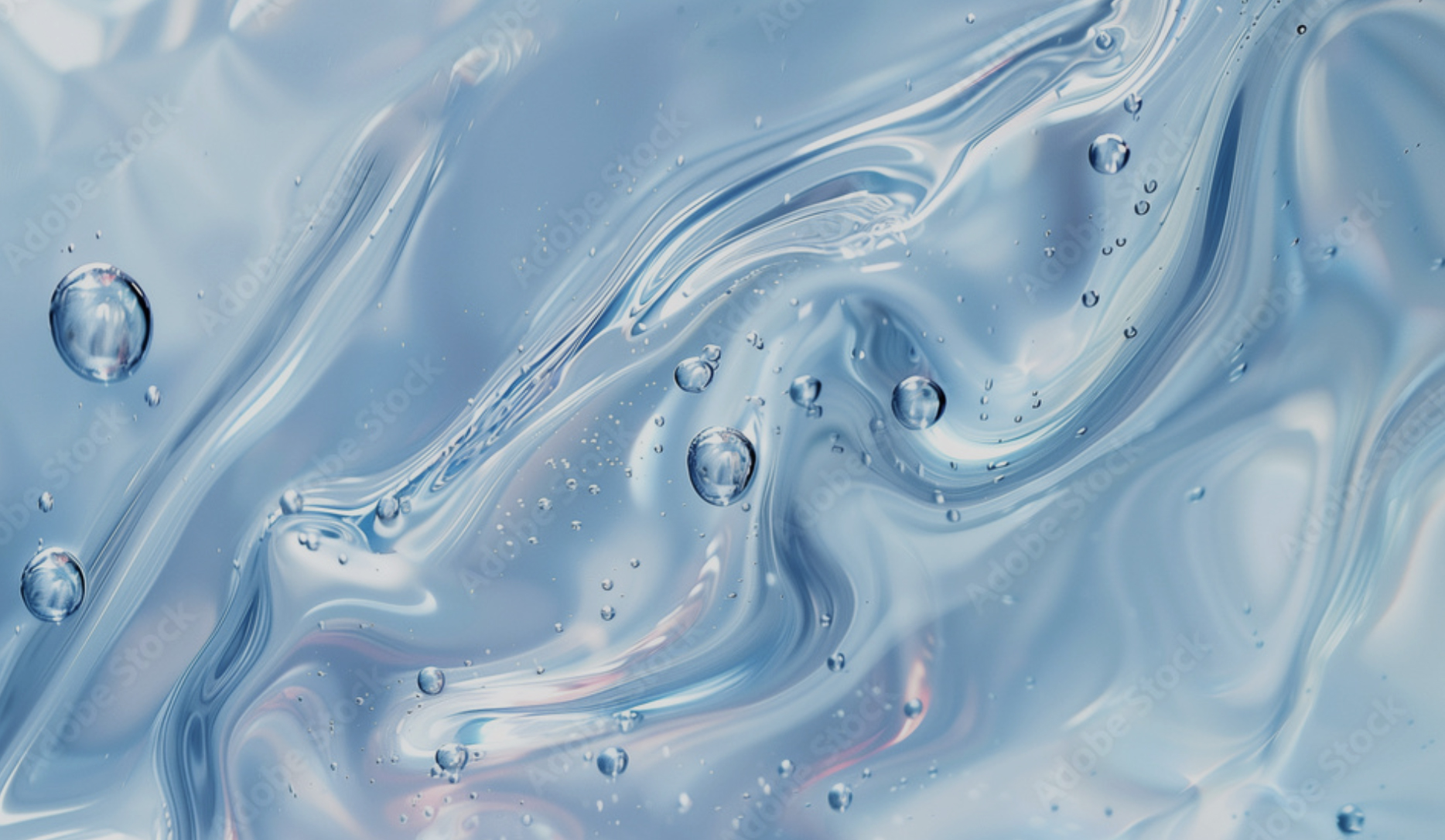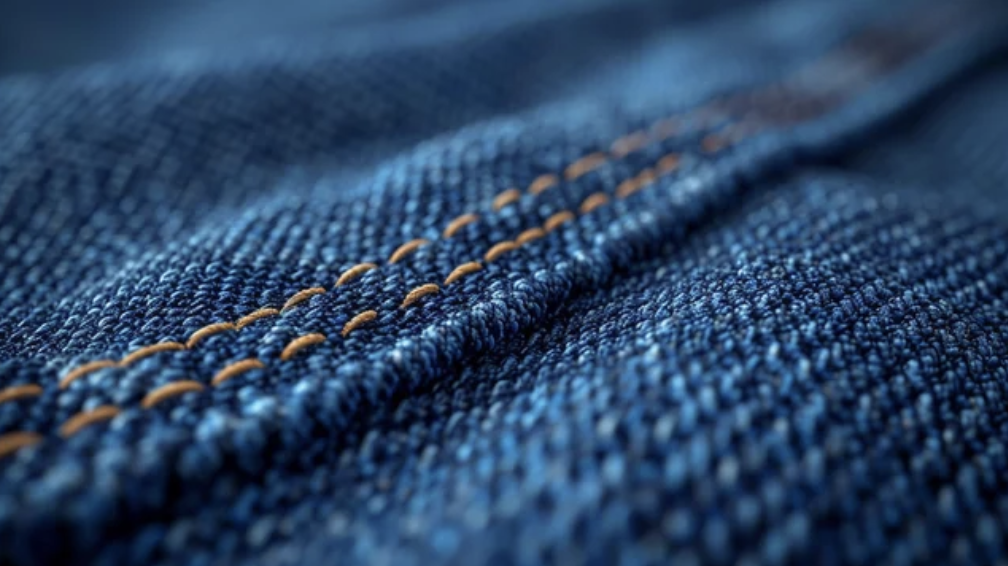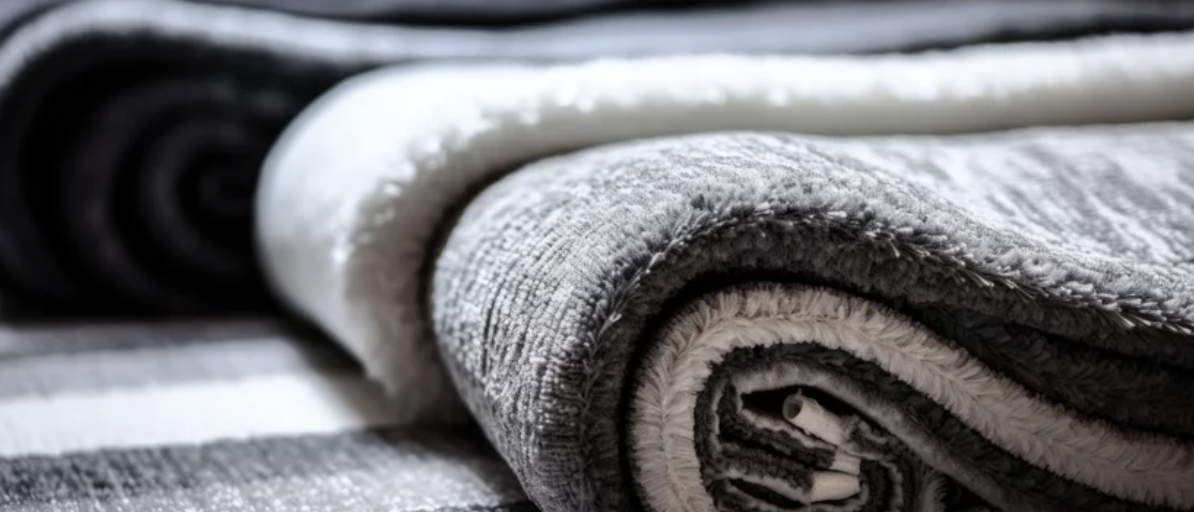Alkanolamide Surfactants
Welcome to Polyventive, your top resource for innovative specialty chemicals! Our wide range of solutions helps customers like you enhance product performance without compromising on sustainability. When it comes to surfactants, we offer an extensive selection, including capryl glucoside and alkyl polyglucosides. But today, we’ll focus on alkanolamide surfactants – an extremely versatile class of nonionic surfactants. Whether you’re developing cosmetics, all purpose cleaners, car wash soap, personal care items, or Alkaline Cleaners, alkanolamides can help you achieve your goals. Let’s explore what makes these surfactants so useful across many industries.
Types of Alkanolamide Surfactants
There are two main categories of alkanolamide surfactants: monoethanolamides (MEA) and diethanolamides (DEA). The terms refer to how these compounds are synthesized through specific chemical processes. The choice between MEA and DEA depends on your intended application. Both enhance formulas as emulsifiers, conditioners, thickeners, and more. Generally speaking, alkanolamide surfactants reduce surface tension. They are made by reacting fatty acids with alkanolamines. Now, let’s look closer at each type.
Monoethanolamides (MEA)
As the name suggests, MEAs are produced by reacting a single ethanolamine group with a fatty acid. The fatty acid chain length helps determine the MEA’s properties. For instance, coconut acid MEAs have excellent foam stability. They are common in shampoos, liquid hand soaps, and similar products where thick, rich lather is desirable. Meanwhile, MEAs derived from lauric acid provide superb viscosity control and conditioning. They excel in applications like hair conditioner, floor cleaner, and body lotion.
Diethanolamides (DEA)
In DEA surfactants, two ethanolamine groups react with one fatty acid molecule. DEAs offer superb foam-boosting capabilities. Coconut acid DEAs are the most widely used type. They make shampoo and hand soap foam creamier and more luxurious. DEAs also help solubilize essential oils, ensuring even dispersion. Thanks to their versatility, DEAs see heavy use in cosmetics, toiletries, heavy duty cleaners, handwashing and dishwashing soap, and household cleaners. For example, DEAs stabilize emulsions in moisturizing creams and lotions.
Properties of Alkanolamide Surfactants
Alkanolamides are often called “superamides” due to their exceptional functionality. Here are some of their most notable advantages:
- Outstanding viscosity control – Alkanolamides thicken formulas while maintaining pourability, acting as a reliable viscosity builder. This allows you to achieve the exact consistency you want.
- Excellent conditioning – Alkanolamides leave hair and skin feeling smooth and soft after rinsing. This conditioning effect enhances user experience.
- Superb foam boosting – Formulas containing alkanolamides lather abundantly. The foam feels creamy instead of airy, making them excellent foam boosters.
- Emulsion stabilization – Alkanolamides prevent emulsified products like lotions from separating into oil and water phases.
- Solubilization – Essential oils dissolve fully when alkanolamides are present. This allows the fragrance to be distributed evenly.
- Cleansing support – Alkanolamides emulsify oils and lift dirt, boosting cleaning performance, especially in degreasers.
Thanks to these advantages, alkanolamides are highly valued across many industries.
Use Cases of Alkanolamide Surfactants
When You’re Looking For an Alkanolamide Surfactants Supplier, Let Us Help!
We hope this overview helps you understand the incredible versatility of alkanolamide surfactants. Their functionality makes them a top choice across many industries and applications. To discuss your specific needs, contact Polyventive today. Our experts can recommend the ideal alkanolamide grades and usage levels to enhance your products. While alkanolamine is a nonionic surfactant, we do also supply anionic surfactants. Count on us as your resource for innovative, sustainable specialty chemicals. Reach out now to explore how alkanolamides can benefit your formulations.
